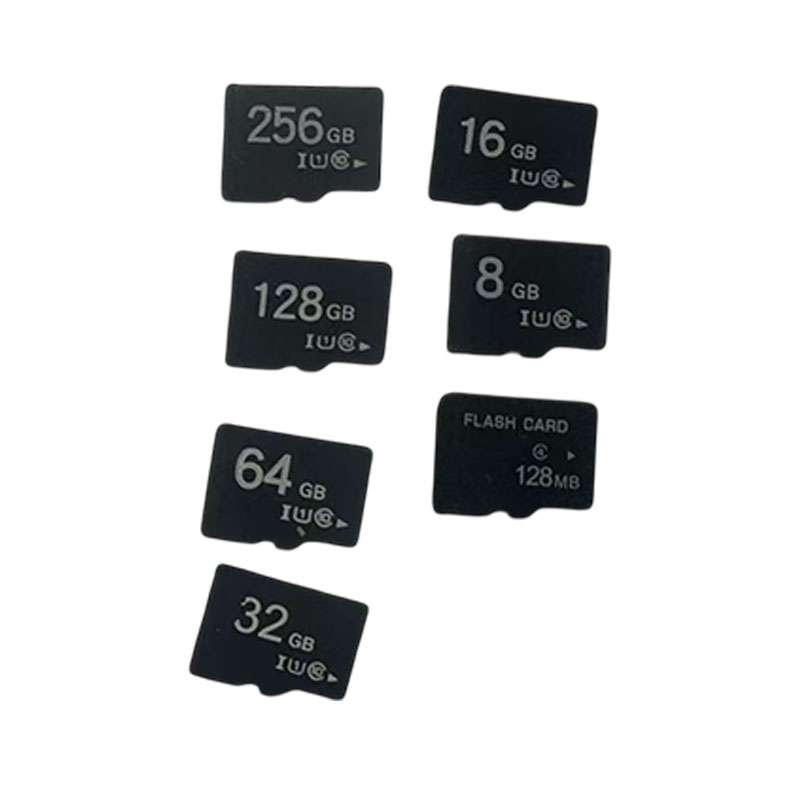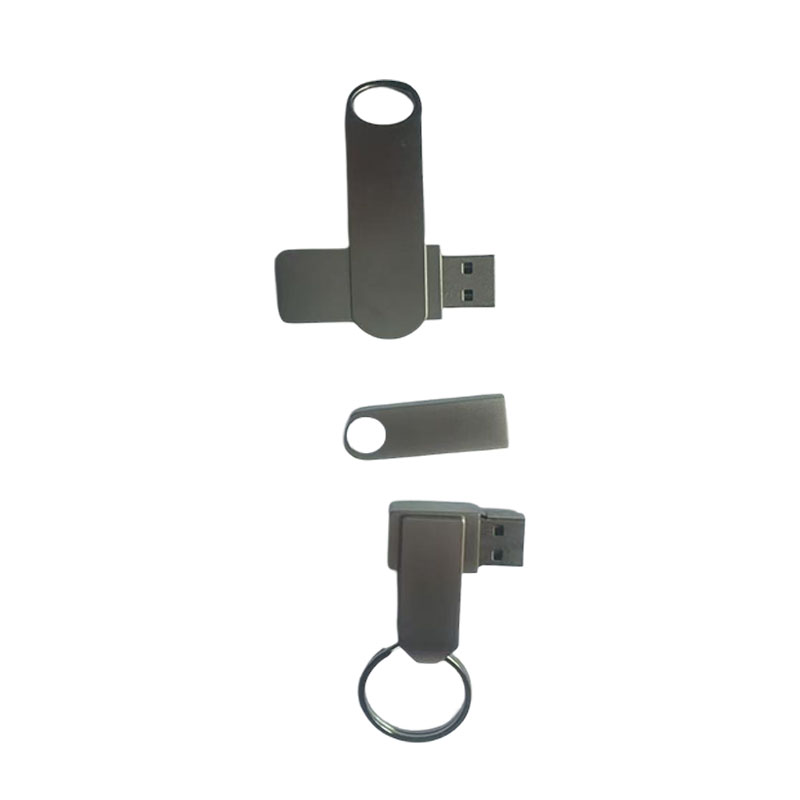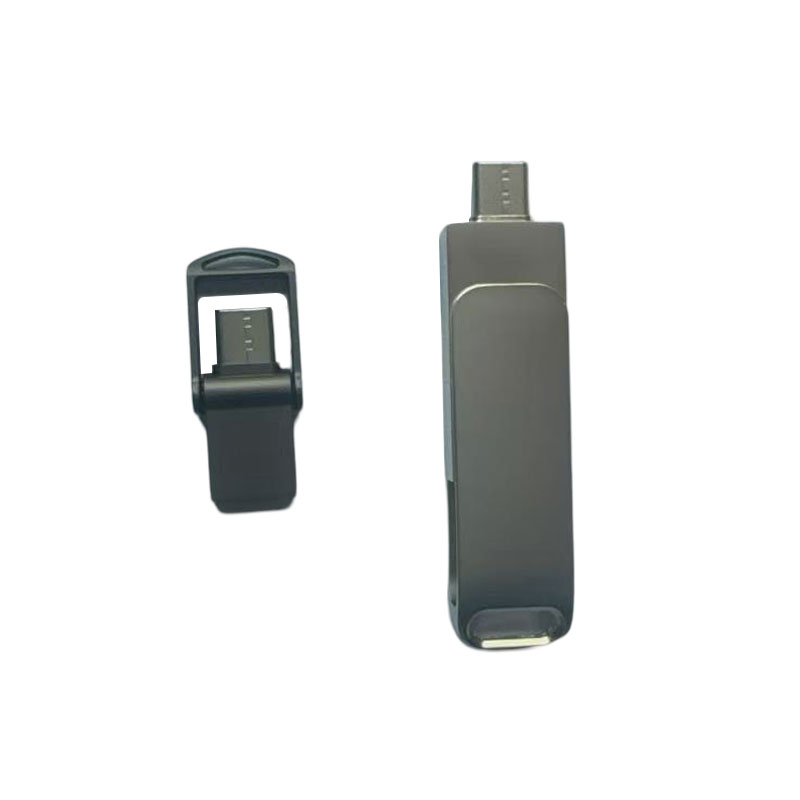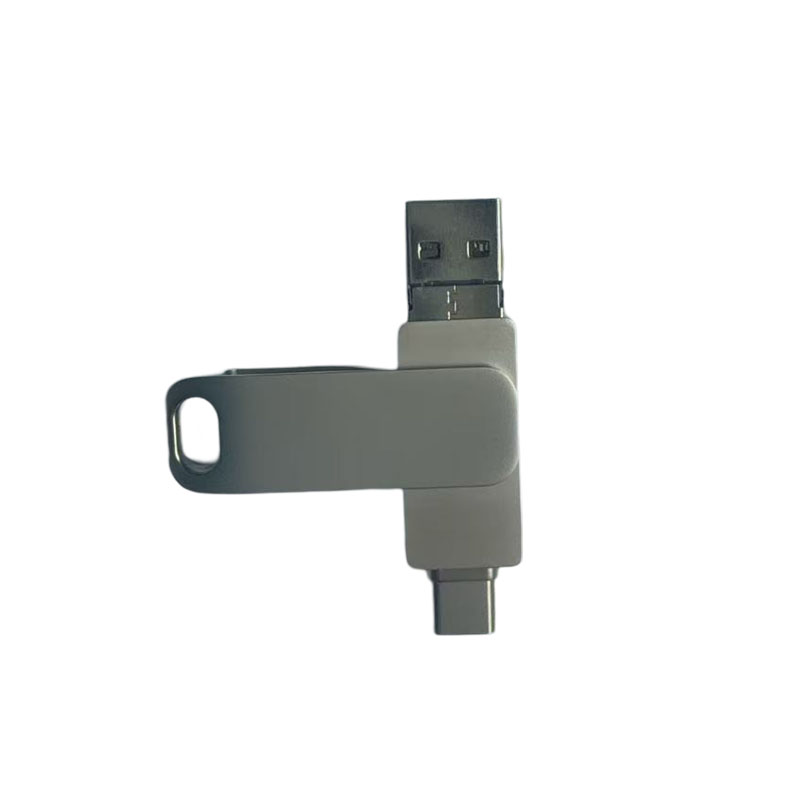In what aspects does the convenience of memory card in transferring data between different devices manifest itself?
Release Time : 2025-07-15
In today's digital age, memory card, as a portable storage device, is particularly important for transferring data between different devices. Whether it is an electronic device such as a mobile phone, camera or tablet, memory card can provide a simple and efficient way to share and manage files. Its compact design, wide compatibility and high-speed data transmission capabilities enable users to easily move data between multiple devices, greatly improving work efficiency and convenience in personal life.
First of all, the compact design of memory card is a major advantage in transferring data between devices. Take TF card as an example. It is small in size but can hold a lot of information, which makes it easy to carry and can be inserted into almost any device that supports this type of memory card. Whether traveling or in a daily office environment, you can achieve fast data exchange by simply taking out the memory card from one device and inserting it into another. This seamless switching not only saves time, but also reduces the inconvenience caused by carrying multiple storage devices.
Secondly, memory card has a wide range of compatibility. Almost all modern electronic devices support some form of memory card. Whether it is an Android or iOS smartphone, or a digital camera of various brands, a dashcam, or even a laptop, a memory card can be used with an adapter. This means that users do not need to worry about compatibility issues between devices, and only one memory card can meet the needs of multiple devices. In addition, as technology develops, more and more devices begin to support plug-and-play functions, further simplifying the operation process and improving the user experience.
In addition to physical convenience, memory cards also have high-speed data reading and writing capabilities, which is particularly important for users who need to frequently transfer large files. Whether it is high-definition videos, high-resolution photos or large documents, memory cards can quickly complete the copy and paste process of files. This not only speeds up the workflow, but also makes sharing more instant. For example, at the scene of a news report, reporters can quickly transfer the photos and videos they have taken to the editorial department through a memory card to ensure that the news can be released in time.
The convenience of transferring data between different devices is also reflected in its support for multimedia files. For photographers, they can save photos directly to the memory card when shooting on location, and then immediately insert the memory card into the computer for post-processing when they return to the studio. Similarly, music lovers can also conveniently store their favorite songs on the card and insert it into the car stereo or other audio playback devices to enjoy music at any time. This cross-platform compatibility and ease of use make sharing multimedia content easier than ever before.
In addition, memory cards can also be used as data backup tools to enhance data security and reliability. When users are worried that device failure may lead to the loss of important data, they can regularly back up key files to memory cards. Since memory cards are easy to carry and not easy to damage, they are an ideal backup medium. Even if there is a problem with the original device, users can quickly restore data and reduce losses.
Furthermore, the widespread use of memory cards has also promoted cross-platform application development and service innovation. Many applications and services have taken into account the existence of memory cards and provided corresponding support. For example, some cloud storage services allow users to upload files directly from memory cards, avoiding the tedious steps of transferring files to local hard drives and then uploading them. There are also some applications specifically designed to manage and encrypt files in memory cards, providing users with more secure and personalized data management solutions.
Finally, it is worth noting that although memory cards are very durable, users still need to take some precautions to maximize the protection of the data stored on them. For example, insert and remove memory cards correctly, avoid sudden power outages during data transfer, and regularly check the status of memory cards. These practices will not only extend the life of memory cards, but also ensure that data is always in optimal condition and ready to flow freely between different devices.
In short, the convenience of memory cards in transferring data between different devices is reflected in many aspects: its compact design is easy to carry, its wide compatibility eliminates barriers between devices, its high-speed data transmission capacity improves efficiency, its strong support for multimedia files enriches the user experience, and it is also an ideal data backup tool. As technology advances, memory cards will continue to evolve, providing users with more diverse and efficient solutions, and becoming an important link connecting all corners of our digital life. In the future, we can expect to see more innovative applications based on memory cards, further improving our quality of life and work efficiency.
First of all, the compact design of memory card is a major advantage in transferring data between devices. Take TF card as an example. It is small in size but can hold a lot of information, which makes it easy to carry and can be inserted into almost any device that supports this type of memory card. Whether traveling or in a daily office environment, you can achieve fast data exchange by simply taking out the memory card from one device and inserting it into another. This seamless switching not only saves time, but also reduces the inconvenience caused by carrying multiple storage devices.
Secondly, memory card has a wide range of compatibility. Almost all modern electronic devices support some form of memory card. Whether it is an Android or iOS smartphone, or a digital camera of various brands, a dashcam, or even a laptop, a memory card can be used with an adapter. This means that users do not need to worry about compatibility issues between devices, and only one memory card can meet the needs of multiple devices. In addition, as technology develops, more and more devices begin to support plug-and-play functions, further simplifying the operation process and improving the user experience.
In addition to physical convenience, memory cards also have high-speed data reading and writing capabilities, which is particularly important for users who need to frequently transfer large files. Whether it is high-definition videos, high-resolution photos or large documents, memory cards can quickly complete the copy and paste process of files. This not only speeds up the workflow, but also makes sharing more instant. For example, at the scene of a news report, reporters can quickly transfer the photos and videos they have taken to the editorial department through a memory card to ensure that the news can be released in time.
The convenience of transferring data between different devices is also reflected in its support for multimedia files. For photographers, they can save photos directly to the memory card when shooting on location, and then immediately insert the memory card into the computer for post-processing when they return to the studio. Similarly, music lovers can also conveniently store their favorite songs on the card and insert it into the car stereo or other audio playback devices to enjoy music at any time. This cross-platform compatibility and ease of use make sharing multimedia content easier than ever before.
In addition, memory cards can also be used as data backup tools to enhance data security and reliability. When users are worried that device failure may lead to the loss of important data, they can regularly back up key files to memory cards. Since memory cards are easy to carry and not easy to damage, they are an ideal backup medium. Even if there is a problem with the original device, users can quickly restore data and reduce losses.
Furthermore, the widespread use of memory cards has also promoted cross-platform application development and service innovation. Many applications and services have taken into account the existence of memory cards and provided corresponding support. For example, some cloud storage services allow users to upload files directly from memory cards, avoiding the tedious steps of transferring files to local hard drives and then uploading them. There are also some applications specifically designed to manage and encrypt files in memory cards, providing users with more secure and personalized data management solutions.
Finally, it is worth noting that although memory cards are very durable, users still need to take some precautions to maximize the protection of the data stored on them. For example, insert and remove memory cards correctly, avoid sudden power outages during data transfer, and regularly check the status of memory cards. These practices will not only extend the life of memory cards, but also ensure that data is always in optimal condition and ready to flow freely between different devices.
In short, the convenience of memory cards in transferring data between different devices is reflected in many aspects: its compact design is easy to carry, its wide compatibility eliminates barriers between devices, its high-speed data transmission capacity improves efficiency, its strong support for multimedia files enriches the user experience, and it is also an ideal data backup tool. As technology advances, memory cards will continue to evolve, providing users with more diverse and efficient solutions, and becoming an important link connecting all corners of our digital life. In the future, we can expect to see more innovative applications based on memory cards, further improving our quality of life and work efficiency.







